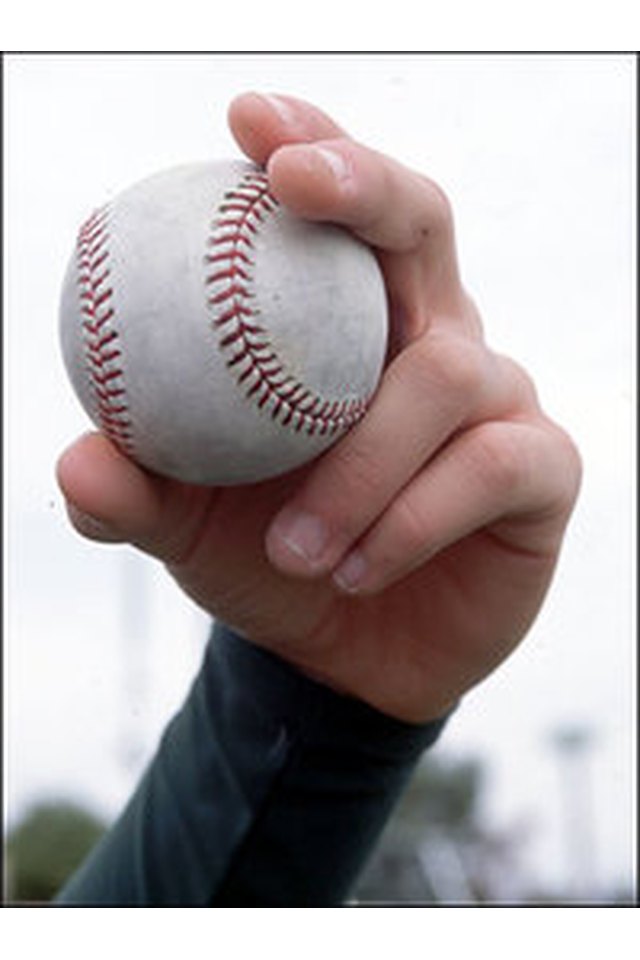How to throw a side arm curve

Throwing a curve-ball in baseball can be challenging, especially if a player is learning to pitch sidearm. This article will help you learn the basics of throwing a sidearm curve-ball, with both some advantages and disadvantages to using this arm angle. For some players it can be an equalizer, while for others is does nothing but complicate their mechanics.
Why Sidearm?
There are pros and cons to pitching sidearm. For some pitchers it offers a better to chance to get hitters out because of the increased movement of their pitches. Traditionally, pitchers thrown from what is known as the overhand arm angle. When pictures are taken during this motion, the pitcher's arm will form the classic "L" position. This throwing motion is not natural, which is why pitchers must rest to recover from the trauma of pitching.
Pros. The biggest difference between throwing sidearm versus overhand is the movement of the pitches. Sidearm pitchers generally have much more tailing action on their pitches, and this enables pitchers with less velocity to improve their chances. The sidearm arm angle is also thought to be less stressful on the arm, but this is topic is widely argued. Sidearm pitchers are much rarer than overhand pitchers, so hitters must face a different arm angle than they are used to, and side-armers sometimes thrive as short relievers, normally used to get one specific hitter out.
Cons. Usually a pitcher will resort to throwing sidearm as a last resort, it is almost never chosen as a primary throwing motion initially. Sidearm pitchers almost never throw as hard as their overhand counterparts, velocity is not their strong point, but rather getting more movement on their pitches. Learning a new arm angle can also be quite challenging for many pitchers, especially if you grew up throwing in a different arm slot.
The sidearm curveball explained
The grip. A sidearm curveball is often gripped much the same as an overhand curveball, with one finger lying along a seam. It is also thrown the same as an overhand, except that with a sidearm delivery, the curveball will break much more from side to side, rather than from top to bottom.
The wrist action or "snap." As the pitcher winds up and nears the release point of his delivery, the wrist; held much like a hook, will be snapped or pulled forward. The fingers should move several inches forward to pull the baseball seams along, and induce a curving spin.
The end result. The pitch will break much more laterally than it would if thrown overhand. Overhand curve-balls tend to drop from top to bottom, with much less side to side action. The sidearm curve-ball is just the opposite, offering little drop or 12 to 6 inch breaking action, but a massive break across the width of the strike zone. This can be effective against hitters who think the pitch will stay inside, but instead it "breaks" or curves out over the outside portion of the hitting zone.
Tips
Practice throwing sidearm before attempting to throw curveballs Wear cleats or you might fall off the mound!
Warnings
If your arm gets sore quickly, it is because you aren't used to the sidearm arm angle, stop and rest Do not encourage very young children to throw curveballs, it is very stressful, especially on young arms
Tips
- Practice throwing sidearm before attempting to throw curveballs
- Wear cleats or you might fall off the mound!
Warnings
- If your arm gets sore quickly, it is because you aren't used to the sidearm arm angle, stop and rest
- Do not encourage very young children to throw curveballs, it is very stressful, especially on young arms
